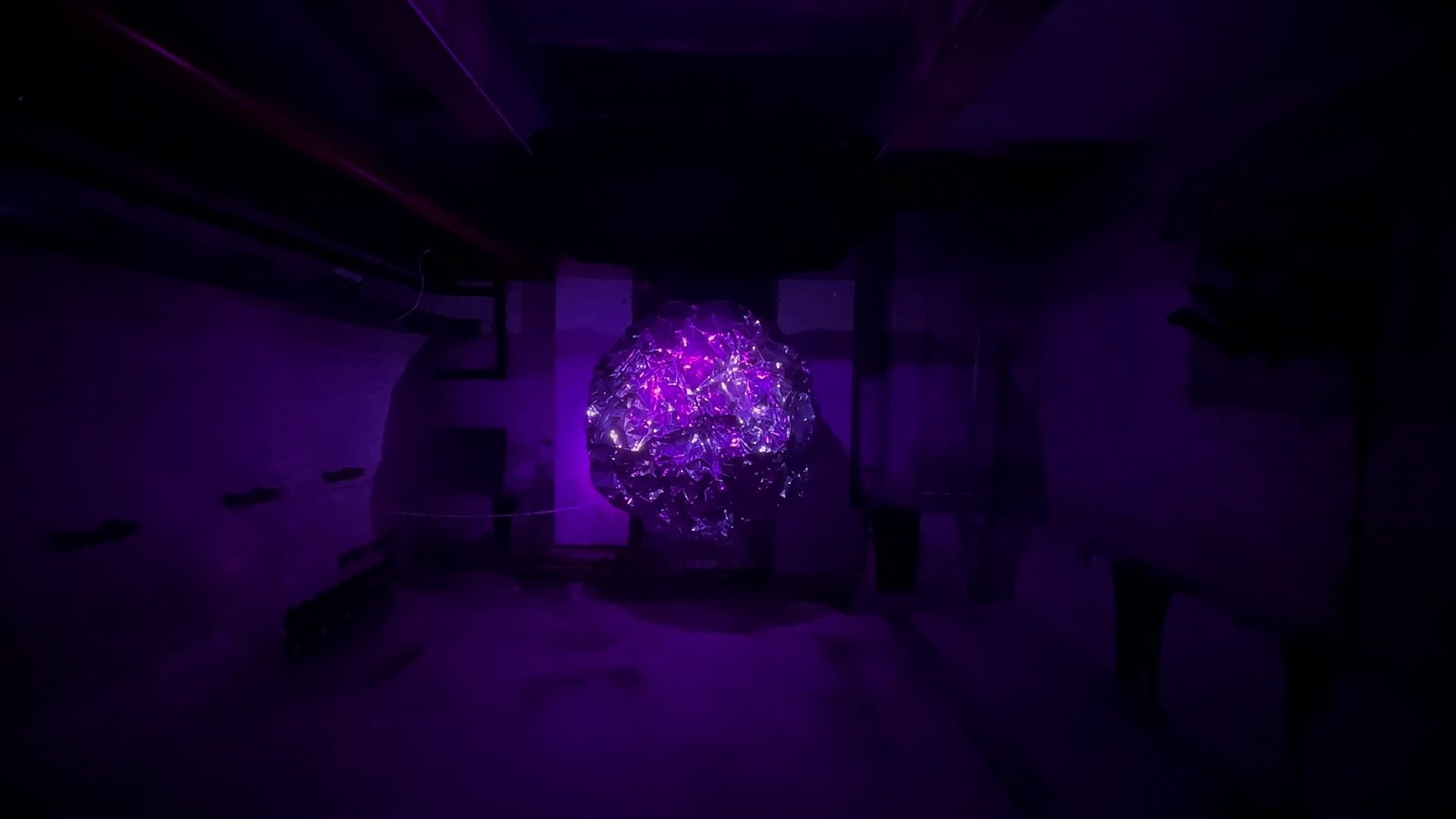
New Media Art

An interactive art space introduces a new take on interaction with data and urban spaces. A collection of works that showcase digital media at the forefront of personal expression and understanding how the human psyche adapts to these technological innovations. This is a place where digital meets analogue.
An exhibition space located on Revalerstraße 99, Berlin, offers these themes of the future interactively — through body and movement. It explores themes of nature in technology through an array of multimedia components.
New to the scene, the opening features artists from Berlin, Poland, USA and Wales. It showcases dimensions of thinking that define future technologies in the art space through cutting-edge technology and artistic expression, intertwining digital media and the traditional art world.
Exhibiting work from Ksawery Komputery is a main highlight of the show. Acting as a cyber-organism and one that is hungry for human interaction. Stand in front of it and you can engage with the complexity of personalised soundscapes with your reflection projected on a light-fixed wall — showcasing your every movement in detail. A maximised, interactive infrared selfie coming your way. Artist Akardiusz Krupinski says his purpose with the piece was “the fusion between online and offline.”
The piece comes together as a ‘digital mirror effect’ that explores the consent which may (or may not) happen between data and urban spaces. Through extrasensory aids, the light installation uses infrared by calculating the dimensions of the viewer and enlarging their reflection in front of them. The aim is to make the viewer see how we engage with data sharing and participate in passive uploads, whether we are conscious of it or not. Depending on your personal experiences, this could be creepy for you or a daily activity of online social influence.
Krupinski also uses sound design to complement the installation through a polyrhythmic technique. A 4-beat rhythm is synchronised and layered upon a 3-beat rhythm simultaneously. “My goal was to create a complementary sound for the light installation, in which a flat-screen plays the role of an entrance to the metaverse and also a tool for exploring it,” says Krupinski. The audiovisual has many layers — with many lengths and articulations — combined for people to interact with. Each viewer has a different experience with the work.
Another highlight in the space is the backroom-esque installation called The Playground by the collective Studio Garamantis (this is my own interpretation of it). This Berlin studio, consisting of 10 people, incorporates new technology with real-life generated computer technology to create interactive experiences. The installation’s title is true to its name, as it uses a camera and laser-based system to create interactive visuals that follow viewers around the room. With bassy, drone-like sound effects, the space creates a sense of anticipation for the viewer as if to say ‘start moving.’ Filled with computer-generated visuals, one is completely immersed in sensory stimuli through a feedback rhythm that follows the viewer through sensory engagement that is constantly personalised and evolving.
But to highlight the theme of ‘nature meets technology’ is the work of John Edmark. In its constant cyclic state, nature is observed through his piece called ‘Blooms.’ I must forewarn that the video below may be sensitive to viewers with epilepsy. Created with the Fibonacci sequence as a central basis for the work, the golden ratio’s mathematical connects between objects. This pattern has always been present in stars, weather structures, animals, and plants. Joe Edmark’s flower represents the phi (ϕ) under a strobe light in a spiralling pattern. The flower rotates at an angle of 137.5˚ each time a flash is emitted. Edmark calls this the “phi-nome,” this interactive 3-D printed sculpture’s shape is predicted by the light each time it flashes. The mechanical flower blooms its “parametric” seed and shows Edward’s artistic expression of questioning spacial relationships. He uses movement to make the invisible visible.
A selection of the artists for this exhibition can be found here. More are on exhibit; an additional collection will be installed in November this year. Take this opportunity to traverse yourself into digital art and interconnectedness. This immersive environment suits all ages and makes for an engrossing interaction. To learn more about stimulating your senses, visit Khroma’s website.
